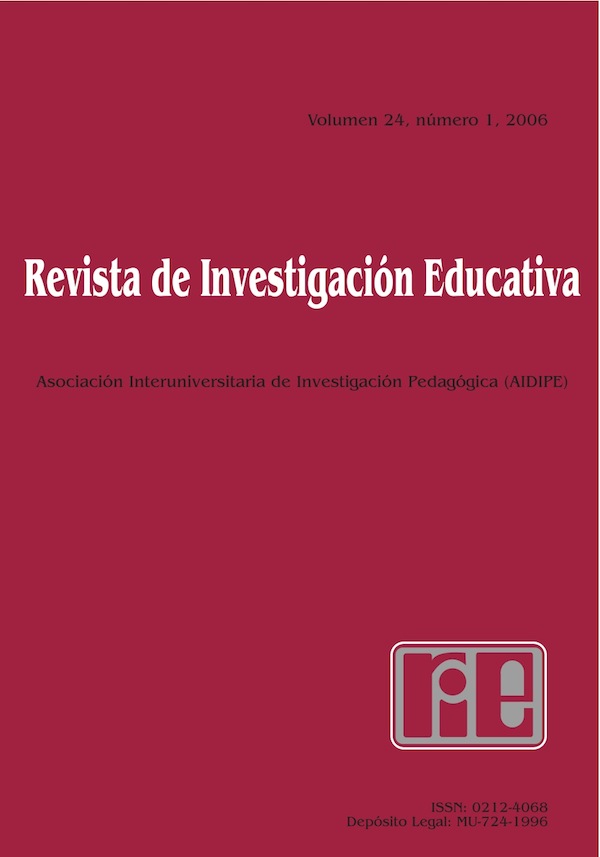Evaluación de 360º: una aplicación a la educación emocional
Abstract
Programmes evaluation in emotional education is a difficult subject due to the characteristics of the phenomena to be evaluated. As well as the long tradition in knowledge evaluation through paper and pencil tests, competency evaluation still has a long way to go in order to provide satisfactory evidence. When we speak of emotional competencies, it is made even more difficult. In this article 360º evaluation is presented, also known as 360º feedback, as an alternative in emotional education. This technique can be used in the evaluation of programmes as well as people. The characteristics of this technique and the application to a real situation are exposed; the evaluation of a programme of emotional education in secondary education. The technique involves obtaining a stereoscopic vision of the phenomena from the opinions of various people. In this case, a minimum of seven people evaluate each student: three teachers, three other students, as well as an auto-evaluation by each student himself. It is a technique that presents complexity, as much as in the application as in the correction, but the results can be considered satisfactory. At the moment, the 360º evaluation is probably one of the most appropiate for evaluation in emotional education.Downloads
-
Abstract3806
-
PDF (Español (España))2685
The articles and scientific documents published in RIE abide the following conditions:
1. The Servicio de Publicaciones de la Universidad de Murcia (the publisher) has the property rights (copyright) of all the documents published and allows the reuse under the user’s license indicated in point 2.
2. All documents are published in the digital edition of RIE under a Creative Commons Reconocimiento-NoComercial-SinObraDerivada 4.0 Internacional. (legal document) license. These documents can be copied, used, distributed, communicated and explained publicly if: i) the author(s) and its original source of publishing (magazine, publisher and URL of the document) are cited; ii) it is not used for commercial purpose; iii) the existence and the specifications about this license are mentioned.
3. Auto-archive’s conditions. The authors are allowed and encouraged to digitally distribute the pre-print versions (a version before evaluation) and/or post-print (a version that it is already evaluated and accepted to its publication). This promotes circulation and distribution earlier and can increase the citations and significance within the academic community.









